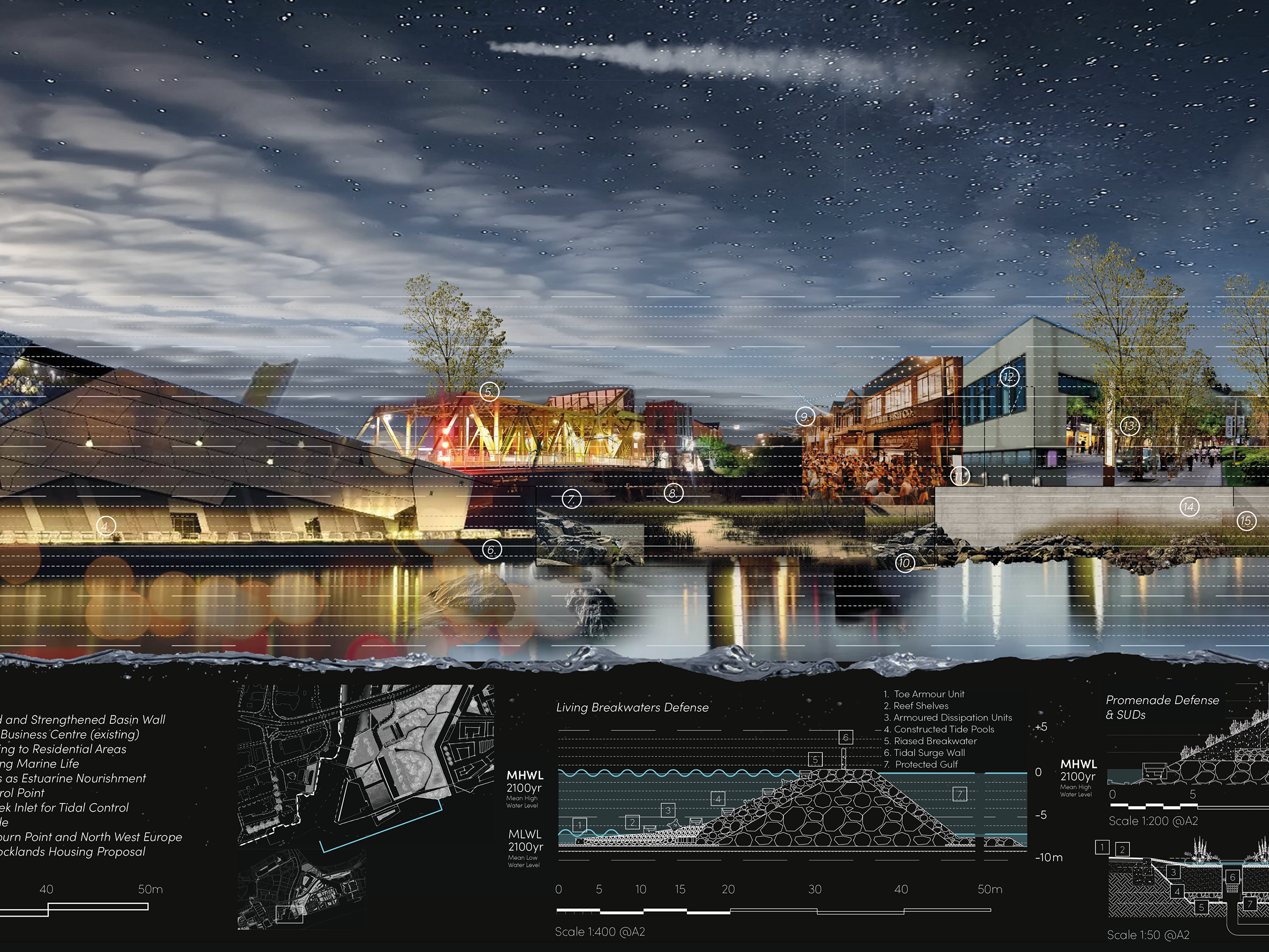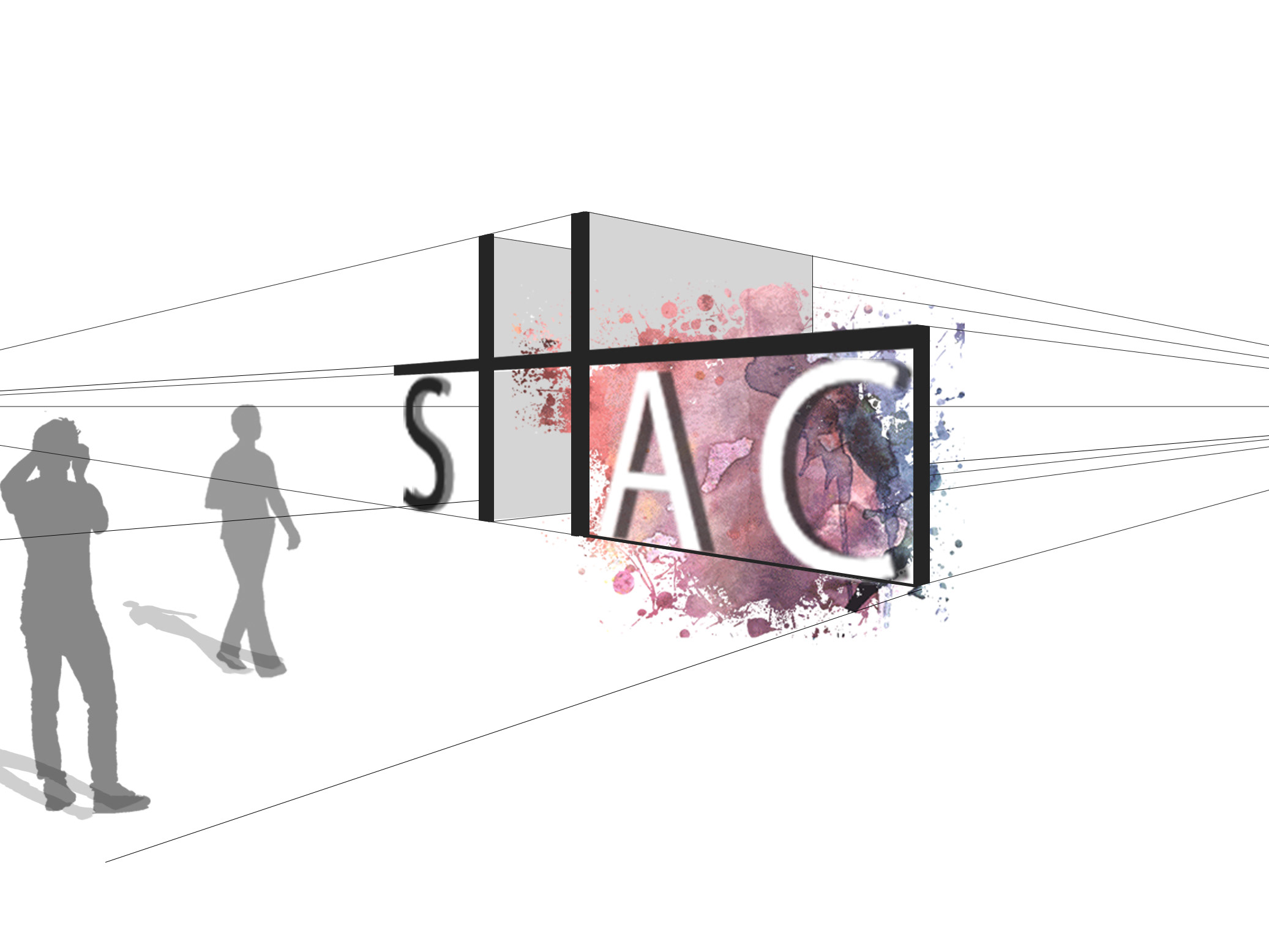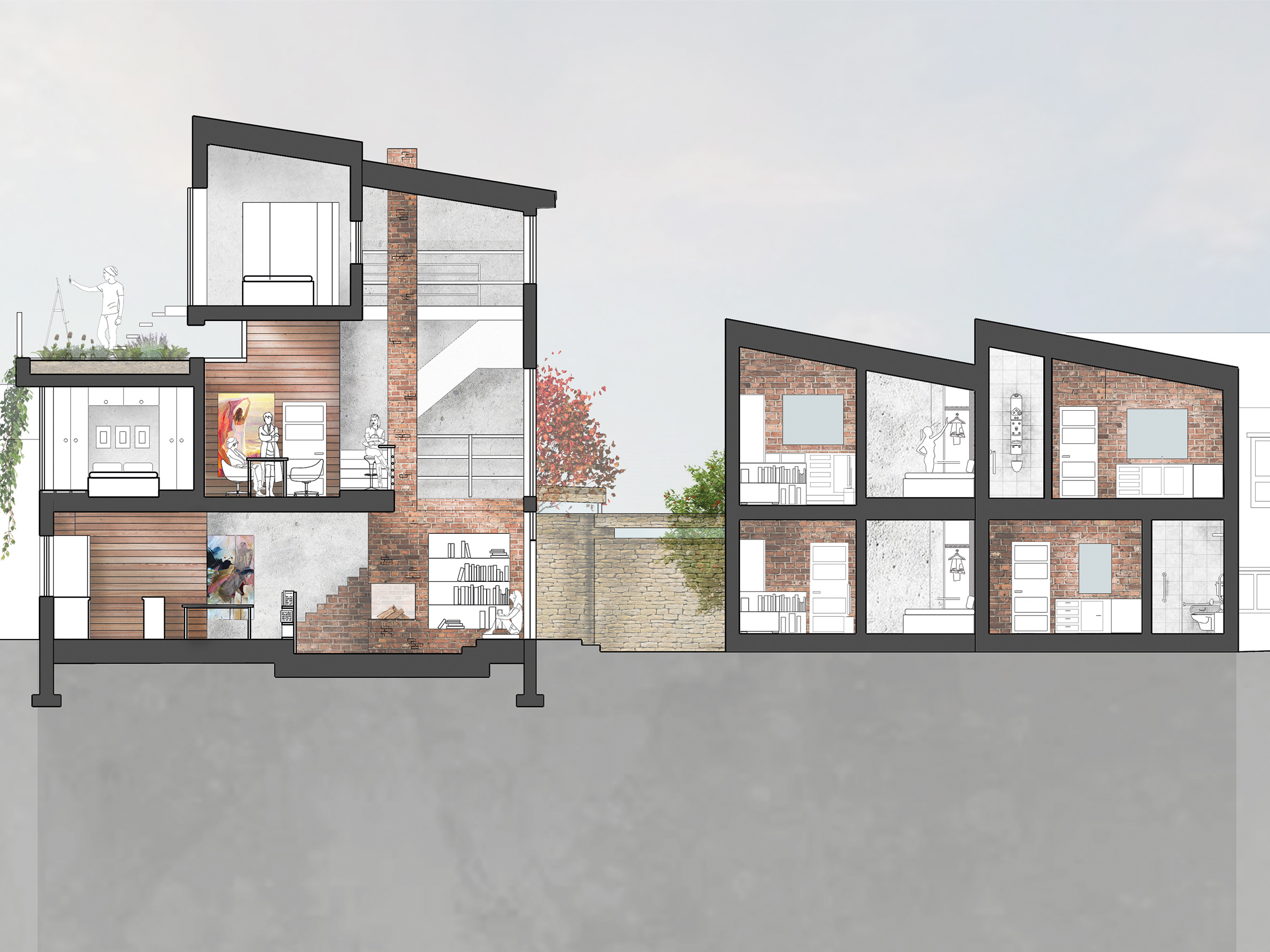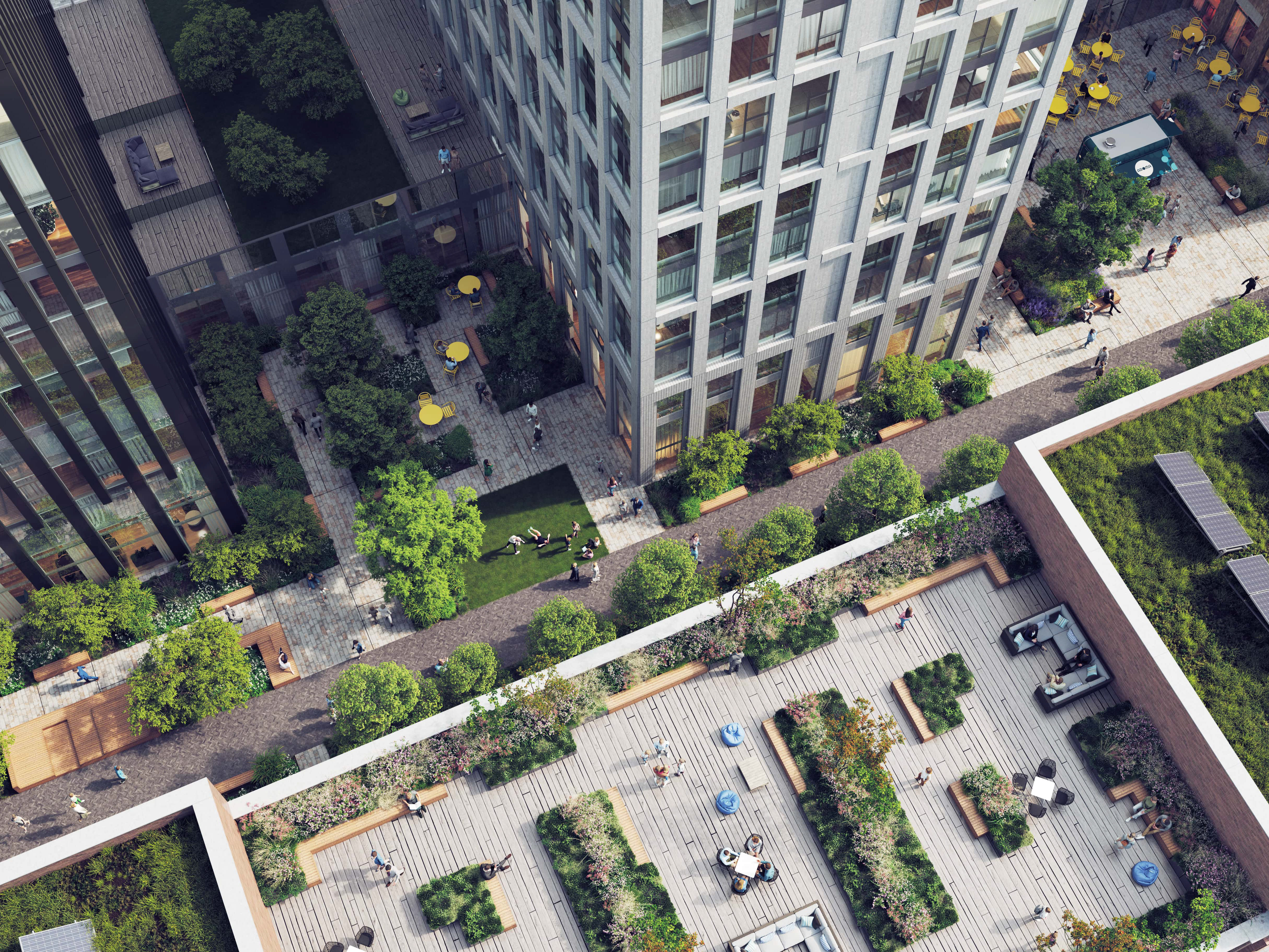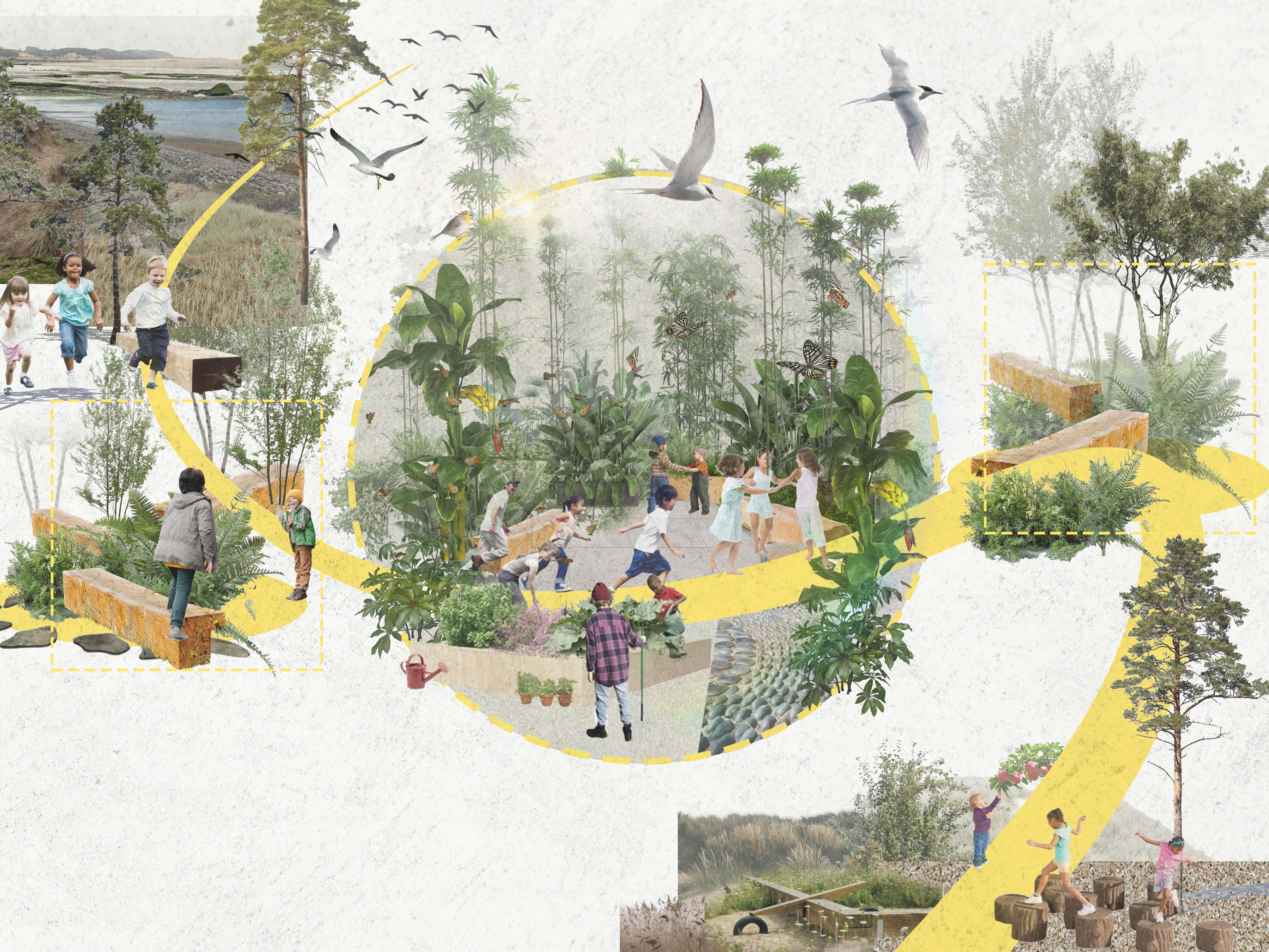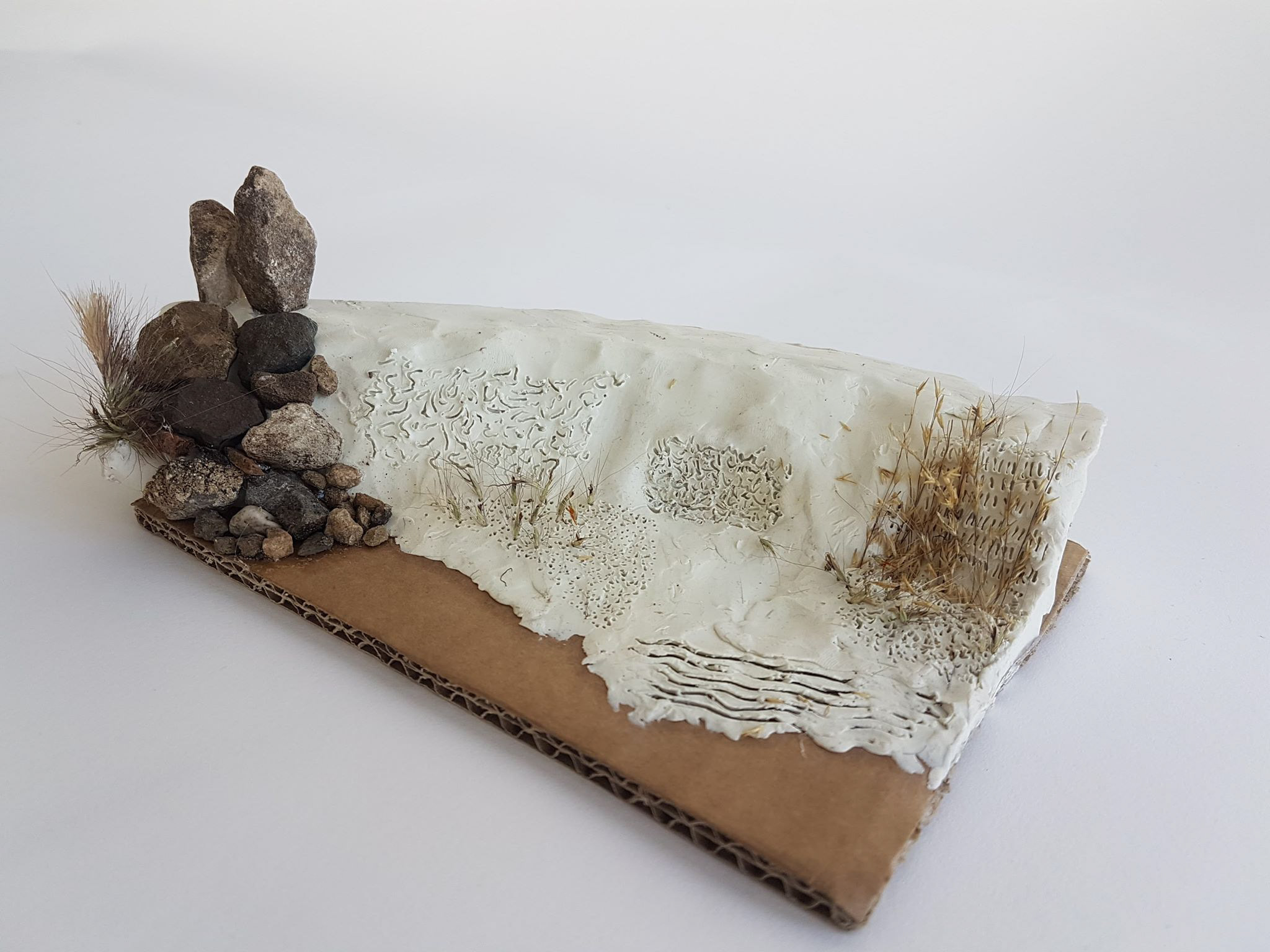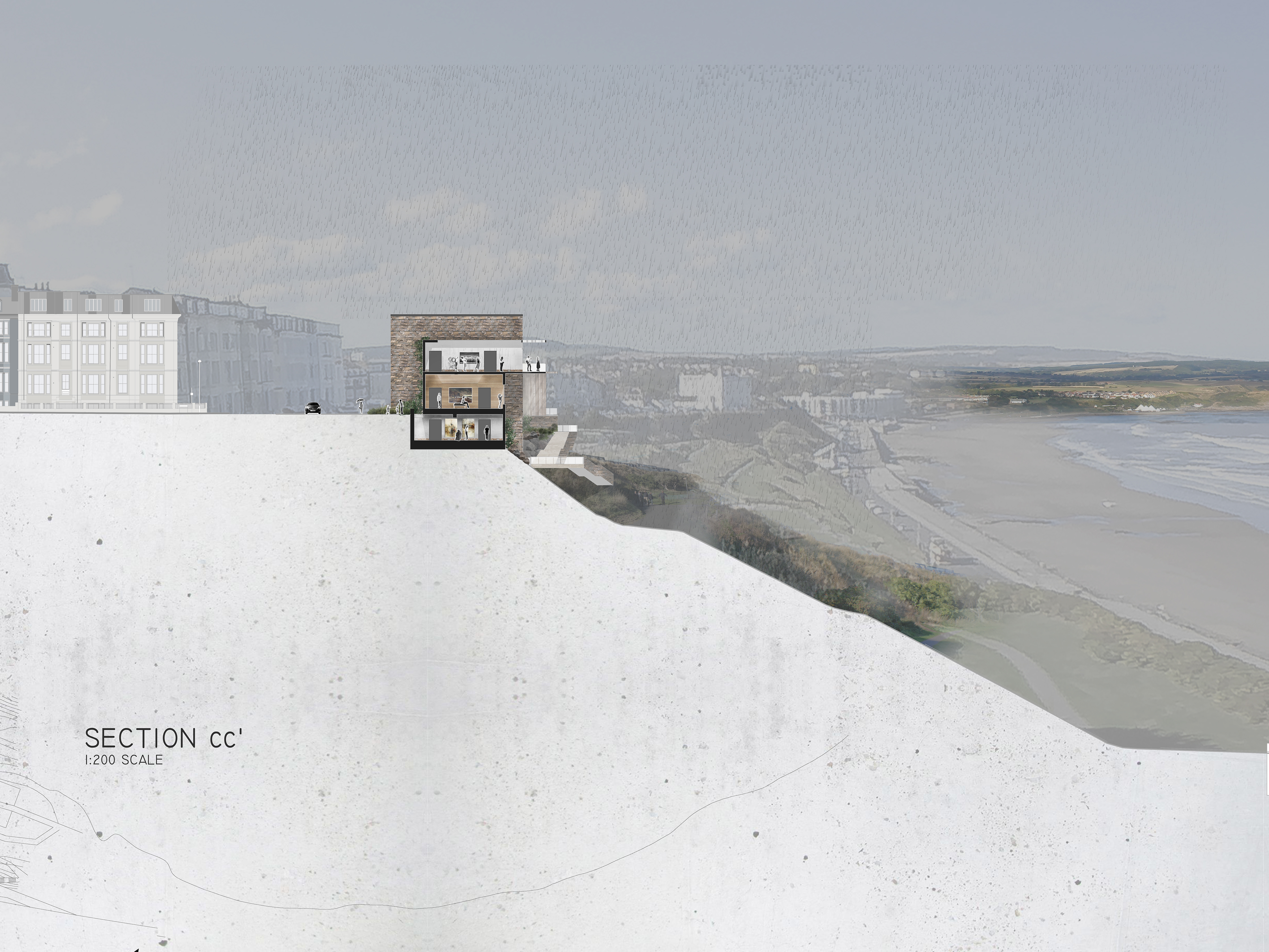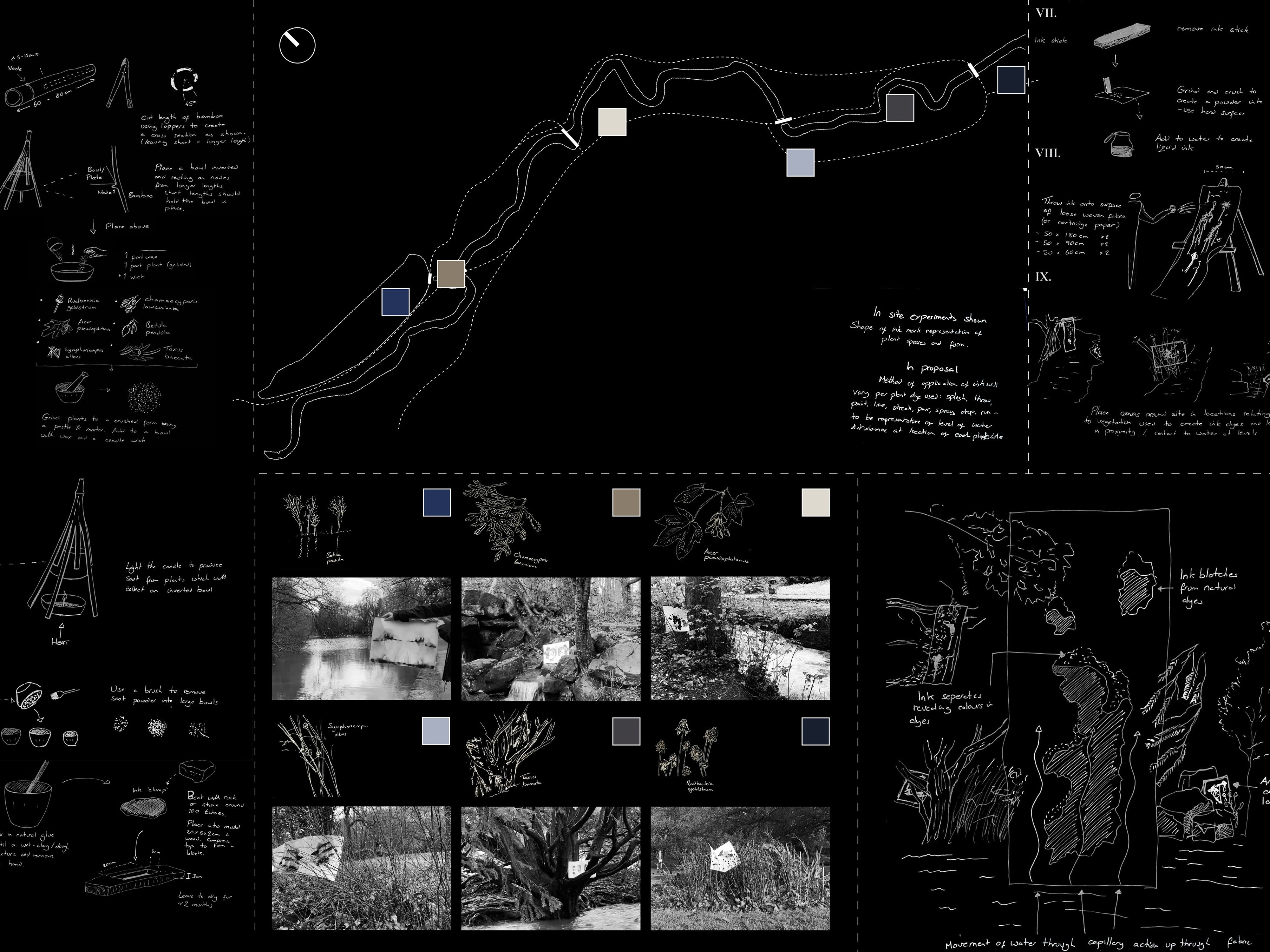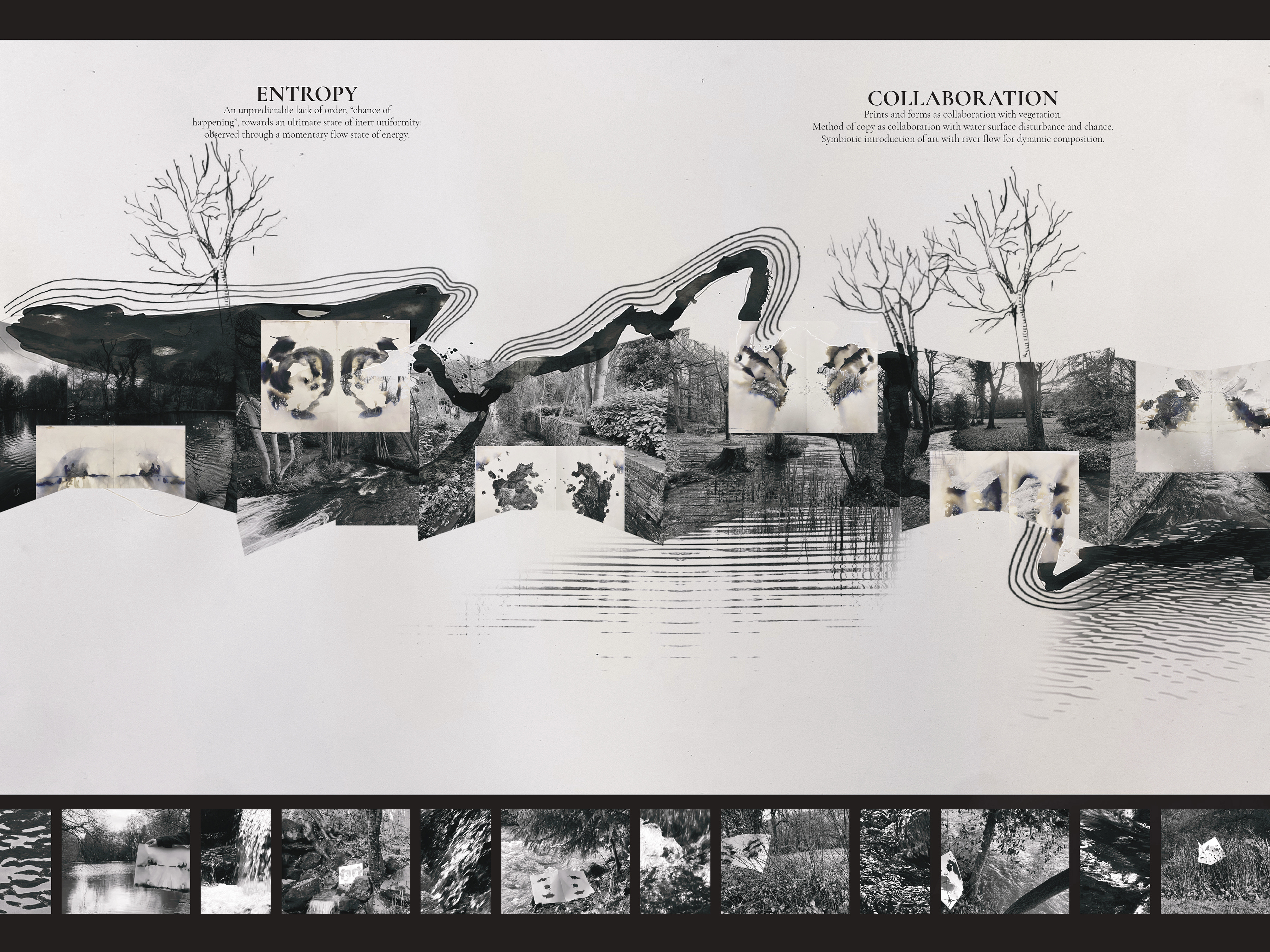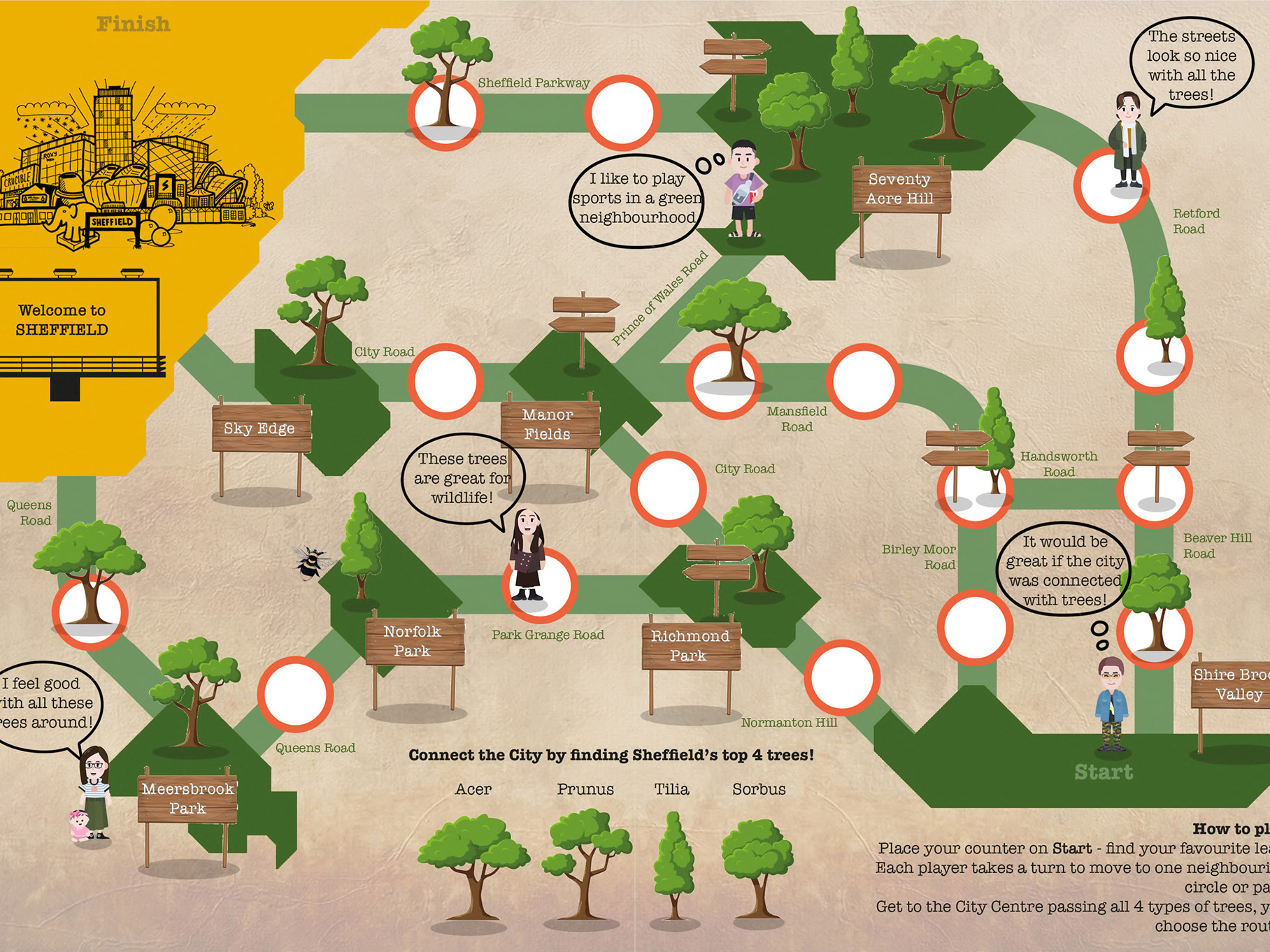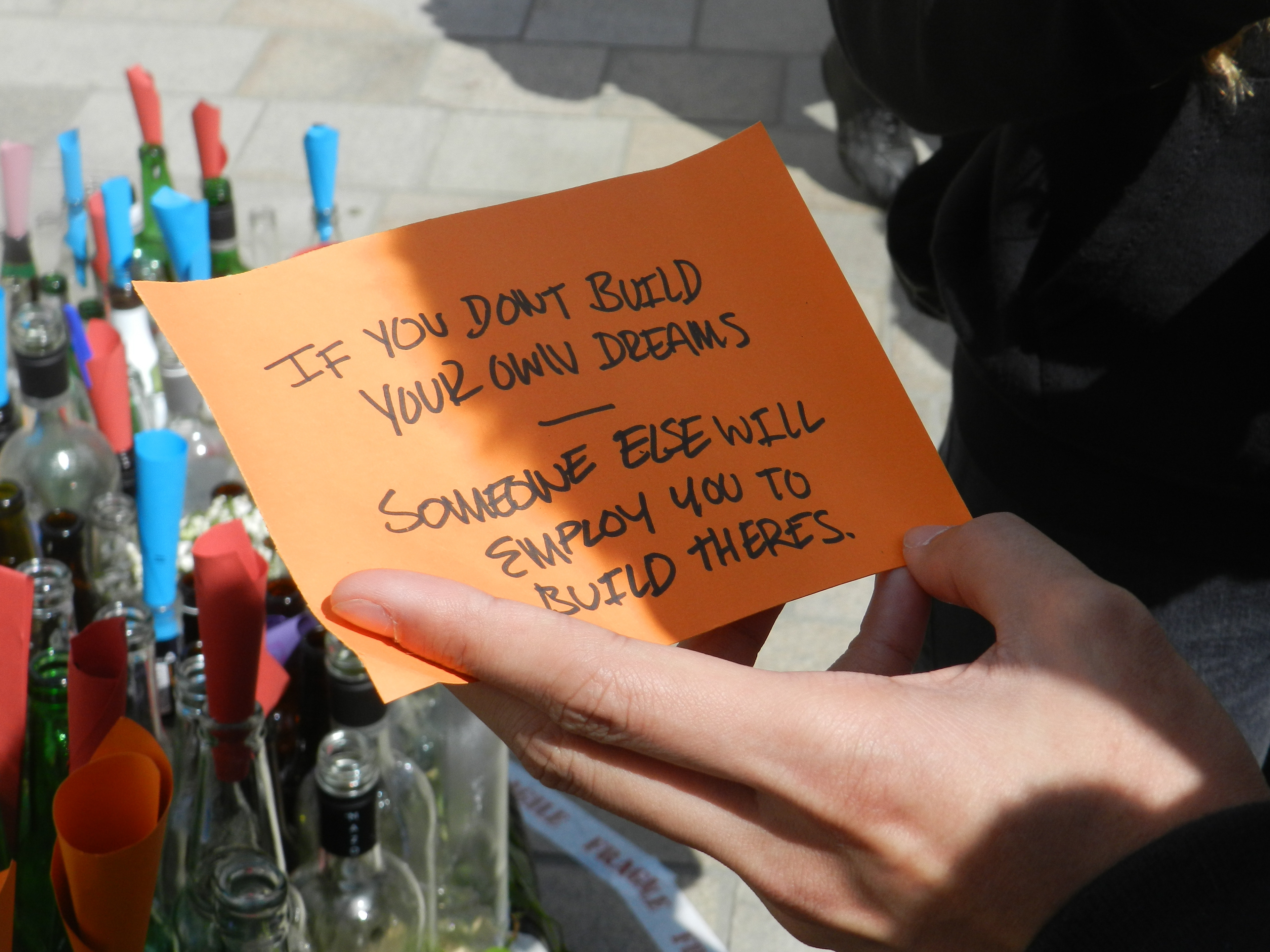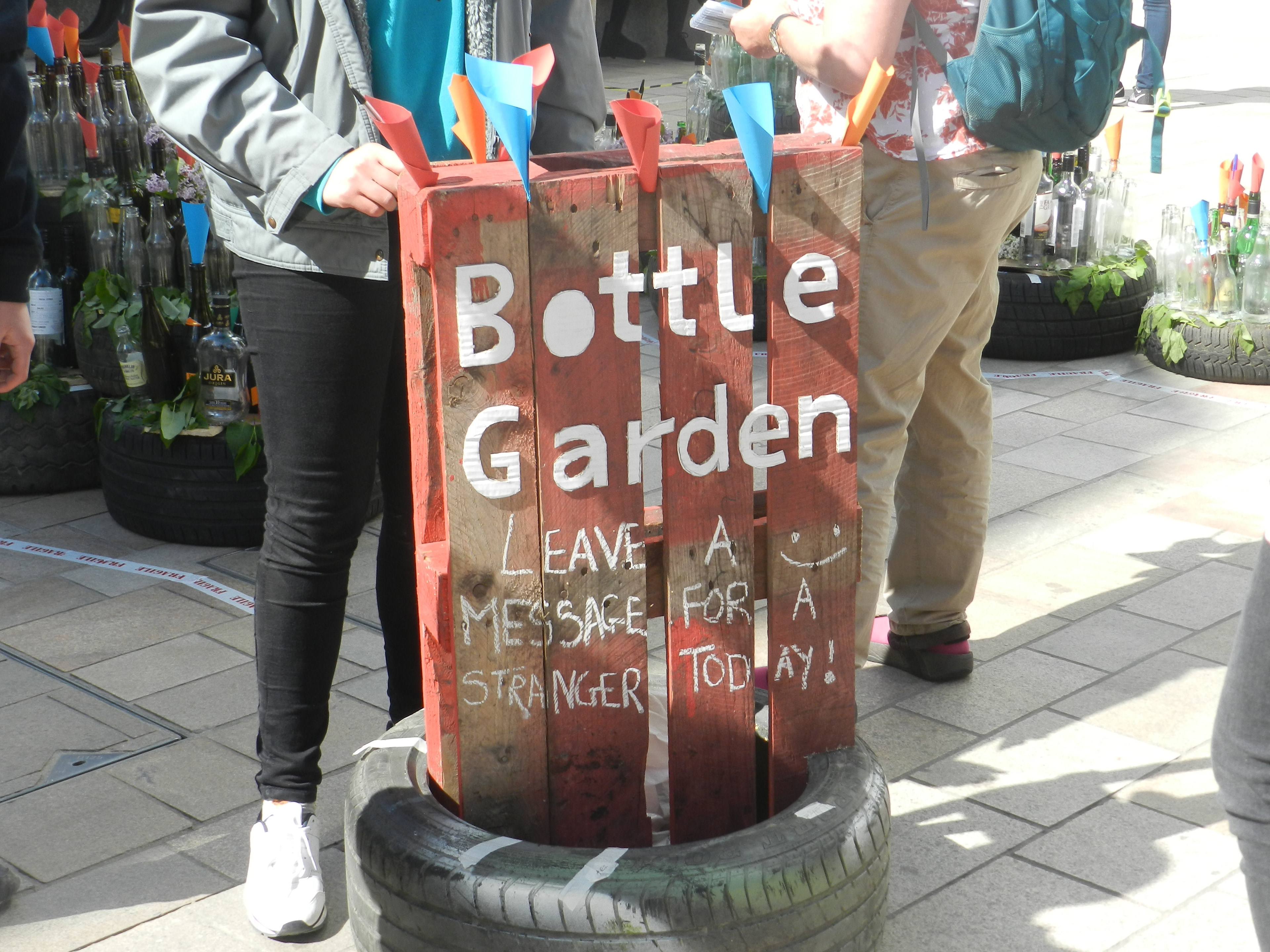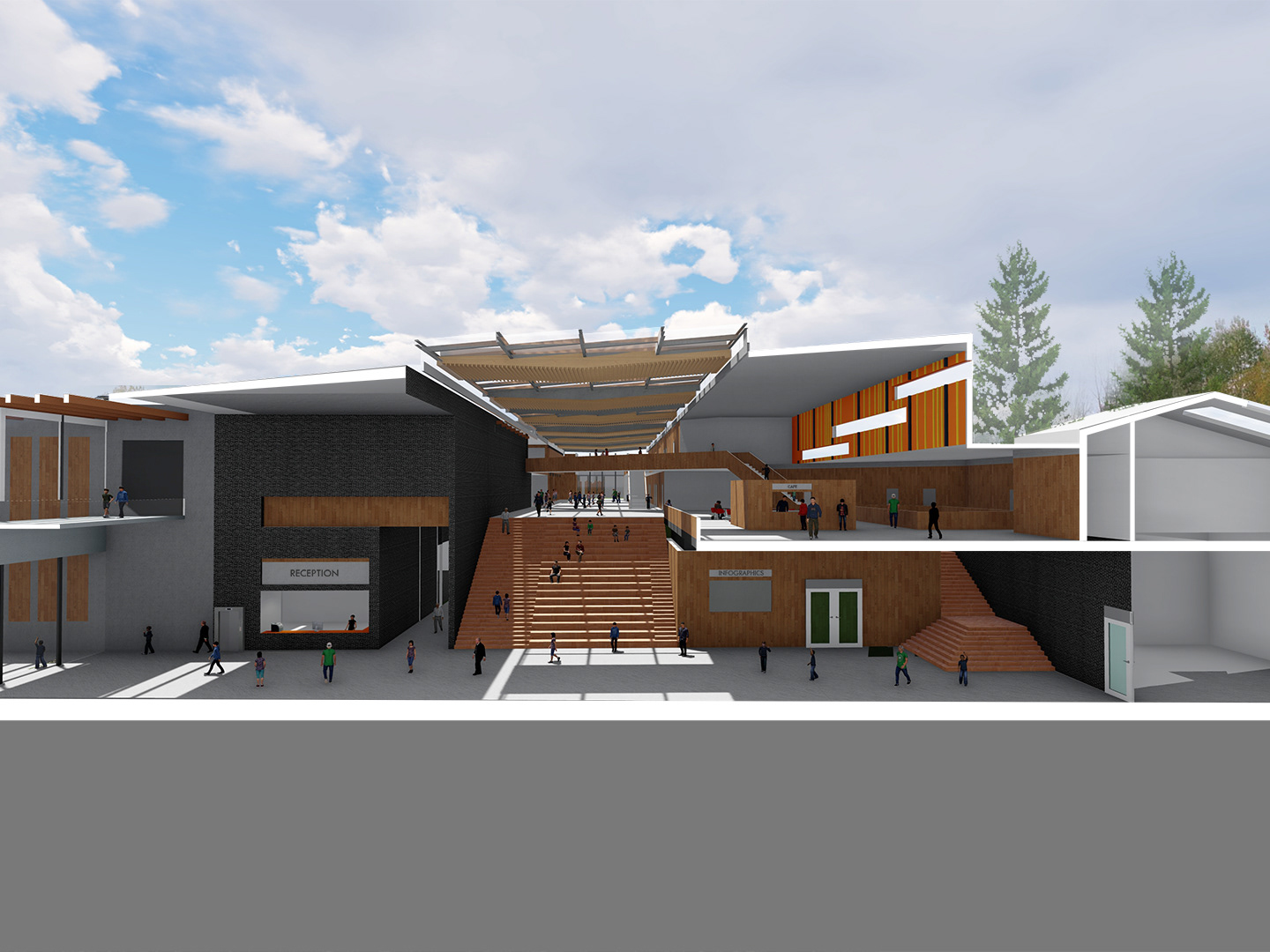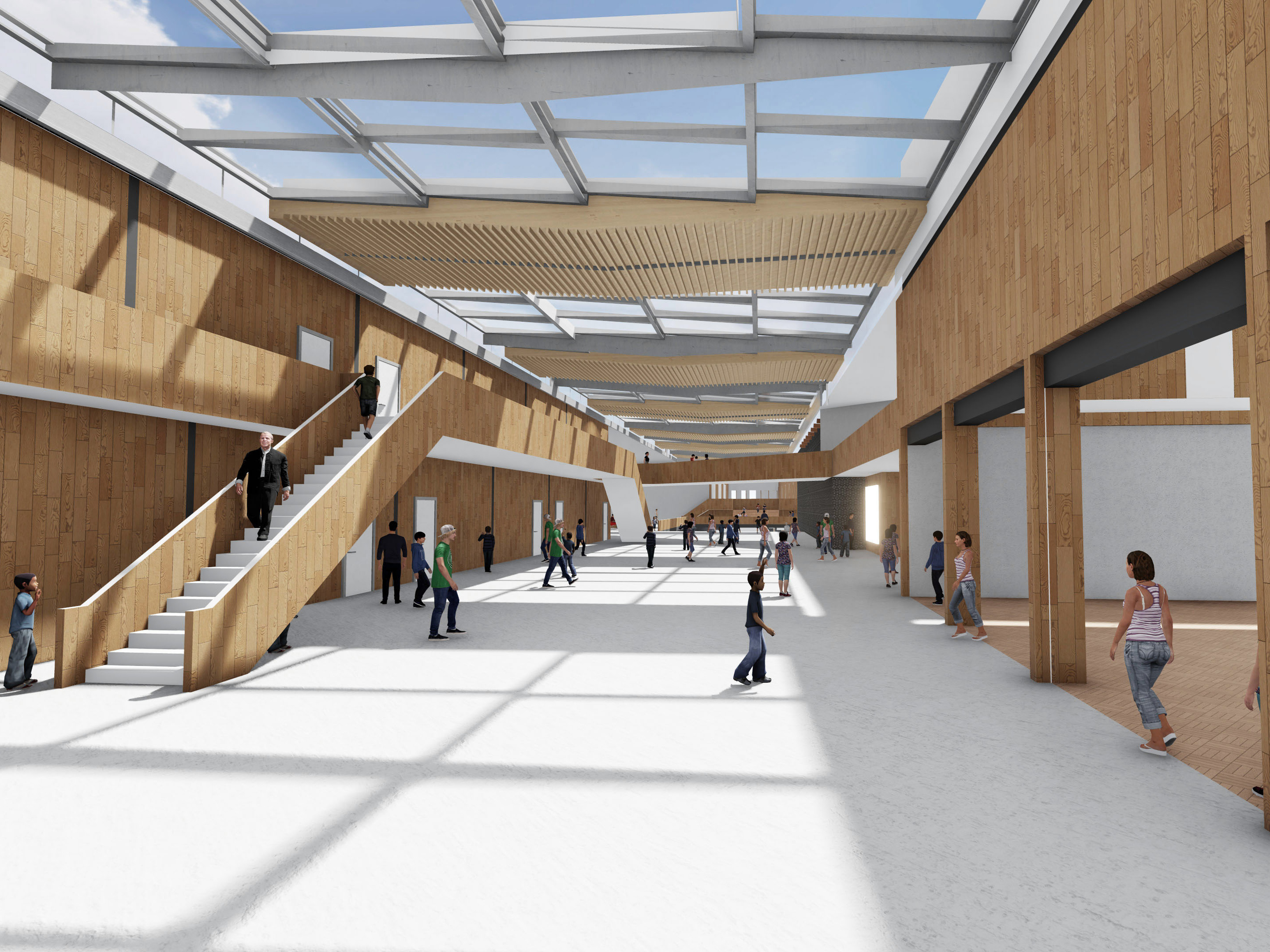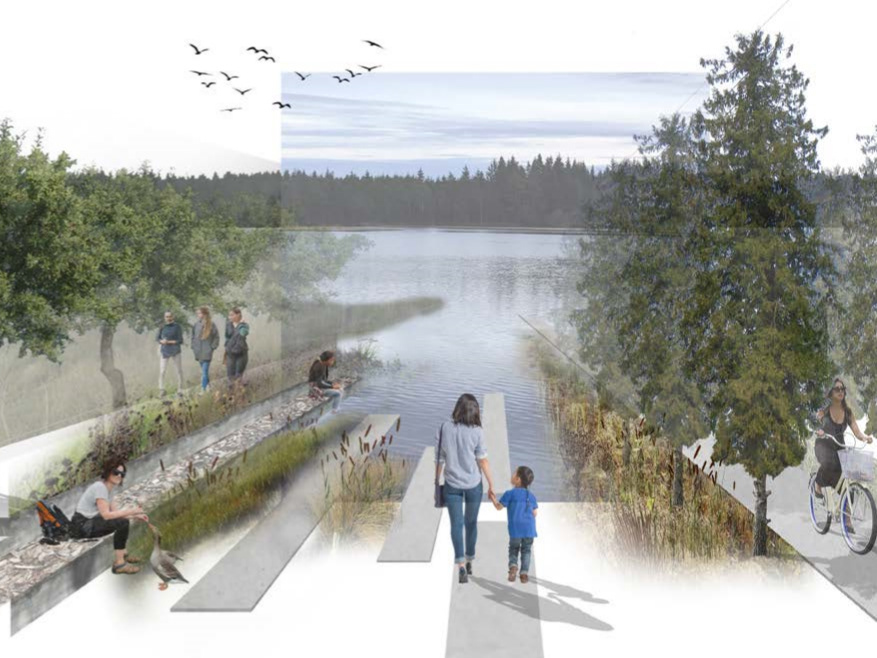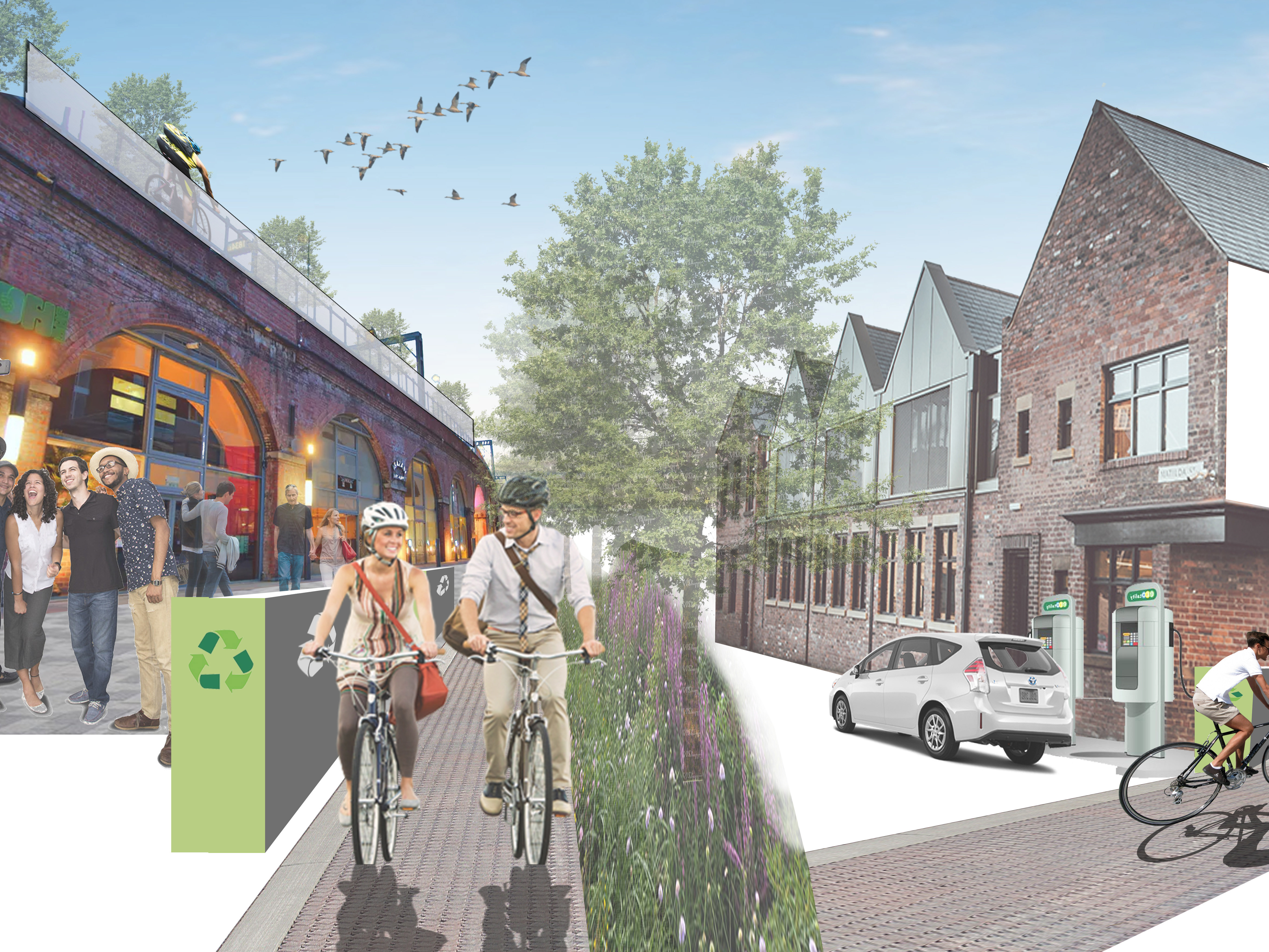
Music is rooted deep in Sheffield's heritage. With over 500 local bands and musicians, 65 recording studios, 69 music venues, 24 record labels, 21 rehearsal spaces, and 17 music festivals, the identity of Sheffield's music scene is defined and guided by bands such as Arctic Monkeys, Pulp, The Human League, Def Leppard, and Bring me the Horizon

A personal reflection of experience: There are two major psychological mindsets when listening to music. THE FIRST is treating the mind as a canvas upon which to explore ideas of expression and allow for an open interpretation of the world. With the surrounding vibrance of music, the listener is stimulated with the backdrop of sound. THE SECOND is an escape from the world, treating the mind and the music as symbiotic where the focus is directed solely on the music, captivating the listener and allowing a means for a focus separate to the surrounding world, captured by sound and existing solely between the listener and the music.

Describing the mind when stimulated by music - QUALITIES OF ACTIVE AREA OF BUILDING

Describing the mind when captivated by music - QUALITIES OF PERFORMANCE SPACE

Distorting the approach from two areas

Conceptual spatial model to final building plan.

Variation on concentric, radial layout

Black box construction and visual permeability.

1:100 Site Plan. The spectator is directed in to the South entrance of the building and introduced to a VIBRANT world of sound and activity filled with susurration. They are then guided round the spiral of the building as the climb through the outer approach, building anticipation and excitement, passing music practice rooms and a secondary auditorium. The user then enters the VAST circular auditorium at the epicentre of the plan. Here, the FOCUS is directed onto the performer as the spectator makes their descent down the spiral ramp to the seating. After the performance, they leave the auditorium via a passage under the ramp descent to discover themselves in the entrance area.

Section A in daytime - Showing entrance from exterior, performance space and performer's approach from dressing room

Section B in evening - Showing practice rooms, auditorium and cafe space above, with storage below and outdoor performance and seating spaces

Section C at night - the liveliest time for both auditoriums, kitchen, and a smaller dressing room below

3D sectional model showing relation of spaces.

Developing acoustic properties

Incorporating gestures of music into the landscape

While the building is based on the experience of music to the listener, the landscape concept is derived from the theory of music and structure.

A sequential approach to the performance space.



















